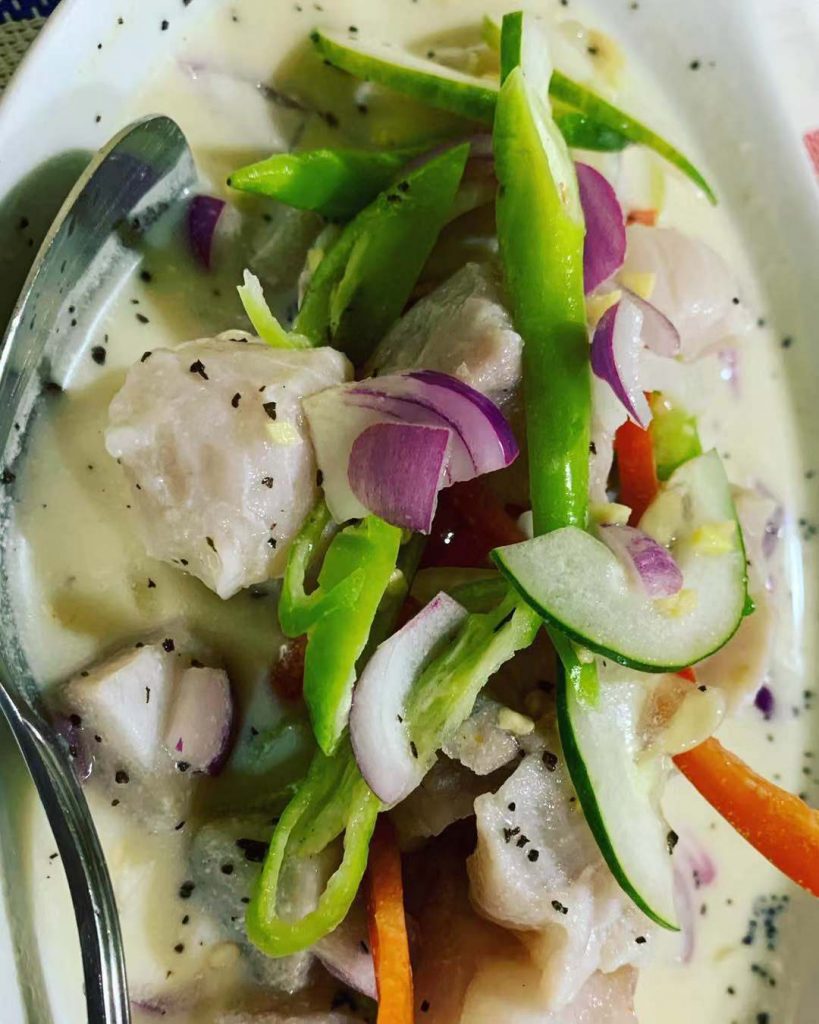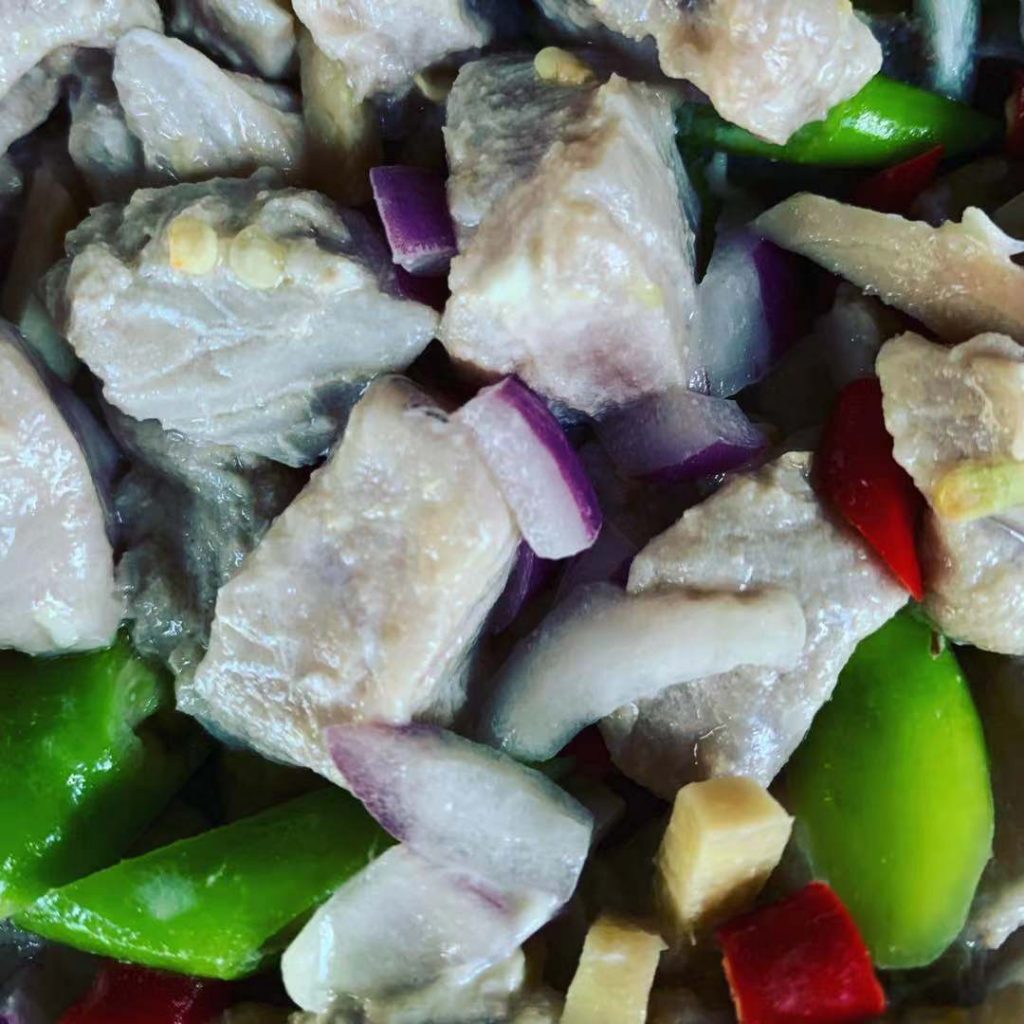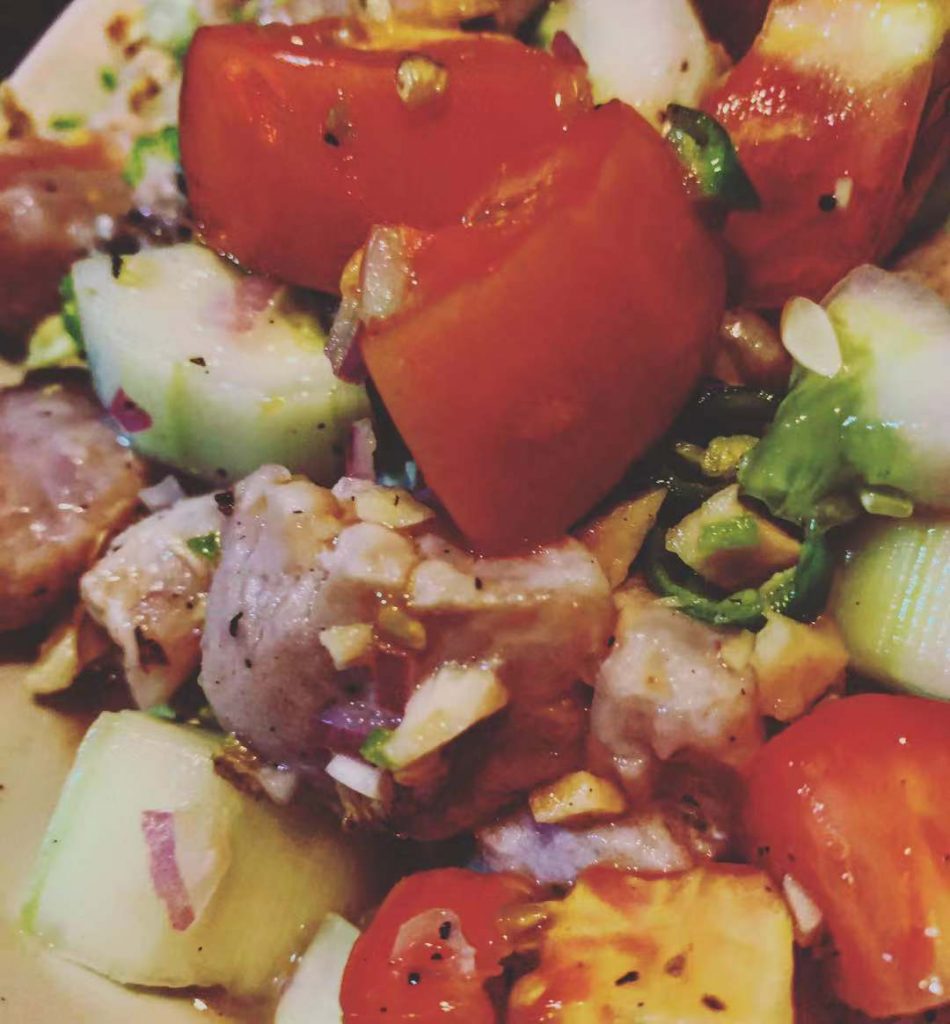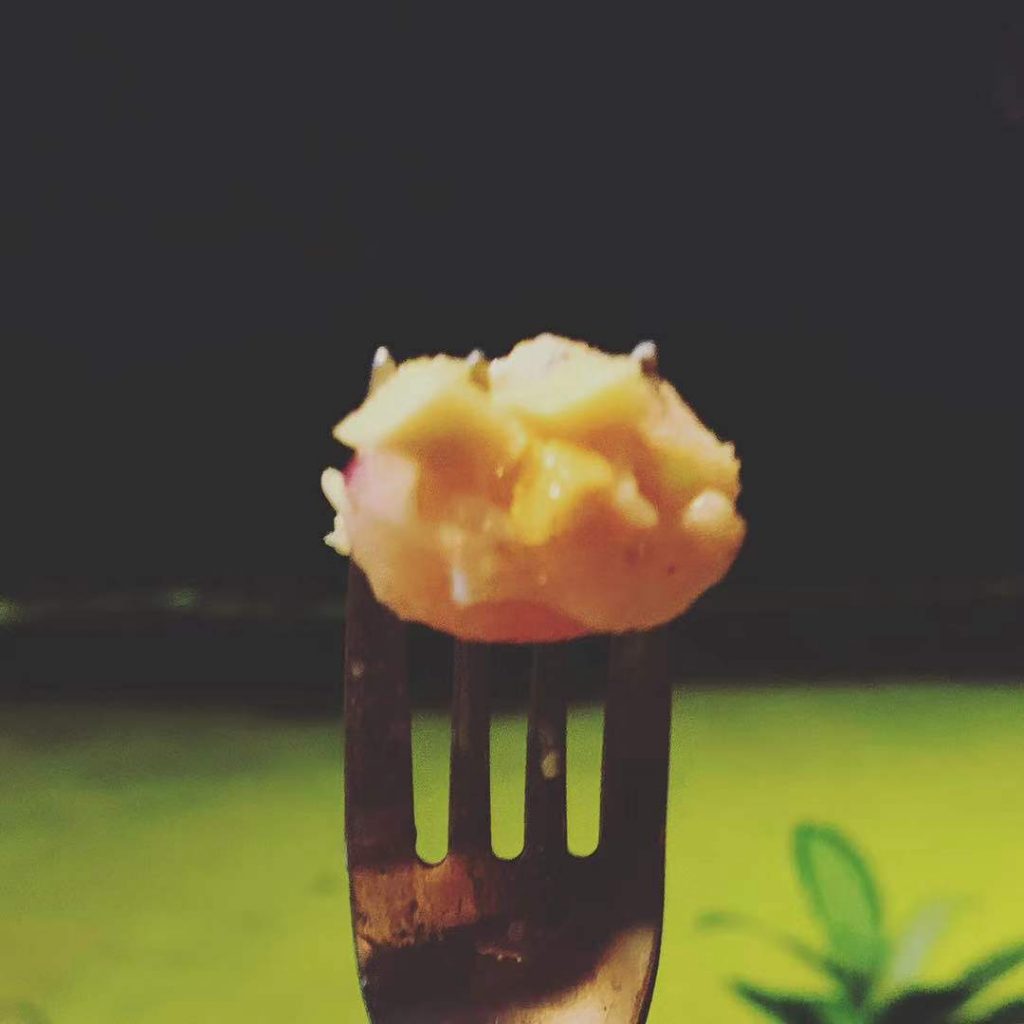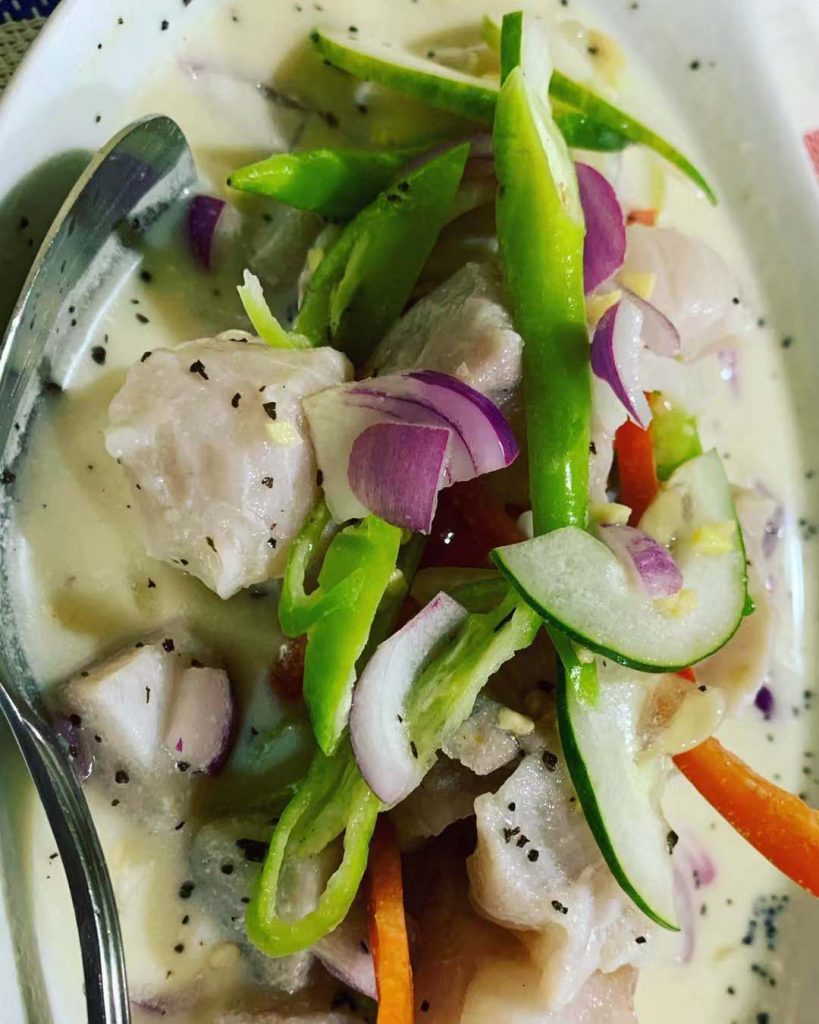
Spicy Kinilaw is by far my favourite dish in the Philippines, but how did I arrive to this monumental decision?
Why do I like raw foods?
I was in my early 20’s and living in the Cayman Islands when I first discovered that I looked my steak frankly mooing, and this through the now-closed restaurant I worked in Bacchus Wine Bar, Georgetown let me on food trying odyssey.
From rare steak I moved onto beef carpaccio (still a firm favourite) to tuna sashimi, and onto authentic Peruvian ceviche. I can now blankly say that my favourite food is raw meat and fish, period.
And has led me many times to what is now my favourite food in the Philippines, Kinilaw.
What is kinilaw?
So, what is kinilaw? Kinilaw literally means to “eat raw” in Tagalog and is a dish native to the Philippines that shares many similarities with South American/Spanish ceviche.
The most common kinilaw is fish kinilaw, although there is a meat-based version (that I am yet to try) known as kilawin. I have since tried kilawin only to be a little disappointed to find that it was not oly not raw, but not all that nice.
How do they make it?
The fish used for kinilaw varies massively depending on what is available, with milkfish and tuna being two prime examples. The fish is then cut into cubes, before much like ceviche being added to cure in vinegar, usually of the coconut or throughout the country,

The finished dish is then seasoned with onions, lots of peppers, and depending on the local fare even sea grapes – pretty much you will rarely taste two kinilaw that are the same, and whilst it is served throughout the country, each region has its own variation.
Where can you eat it?
As a national rather than regional dish you can get it throughout the Philippines. Although with that being said it tends to be more prevalent the nearer to to the sea that you get. I never found any in Sagada for example. I did though probably have the best Kinilaw I am yet to try in El Nido of Palawan fame.
To read about Palawan being the best island in the world (again) click here.
To read about how to own your own island click here.
How does it taste?
And what does kinilaw taste like? Again, every variation is a little different but generally speaking, it is very spicy and acidic, with the rich calamansi fruit usually playing a part in enriching the flavour.
It is not raw fish is the sashimi sense of the word. The juices of the calamansi have lightly cooked the meat. In this respects it is very much a member of the ceviche family.
Kinilaw or Ceviche?
Again the two dishes are very similar. The best ceviche I had was on a street in Bogota that specialised in nothing else. Ceviche is a big deal in Colombia. I also got to play with explosives that day, but that is another story. I like both of them, but I would lean more towards kinilaw at a push.
To read bout ceviche in Colombia click here.
How does it compare with other raw fish dishes?
As raw fish dishes go, this is right up there with the best, although nothing will ever beat the raw tuna I had in Kiribati. In fact there is a very rich tradition of raw tuna in the cuisines of the Pacific. This plus Spanish influence is probably where this dish arose.
In fact even in Nauru, which is not exactly famous for its culinary scene they have a raw coconut dish that is pretty amazing.
So I’d say that this spicy Filipino dish is up there with the best. Certainly my favourite Filipino dish, but not my favourite Raw Tuna dish.
